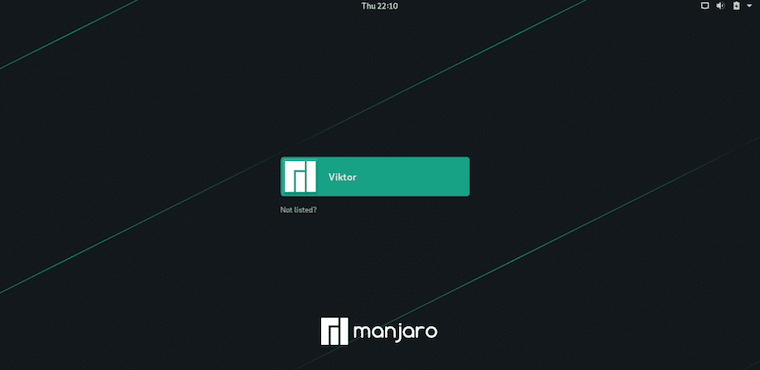
In this tutorial, we will show you how to install GNOME Desktop on Manjaro 20. For those of you who didn’t know, Gnome 3 is an intuitive desktop environment that utilizes a tablet or smartphone-style interface to access applications. Although Gnome is very easy to learn and use, its customization options are quite limited, and it can be difficult to configure. A 64-bit installation of Manjaro running Gnome uses about 447MB of memory. By default, Manjaro installed it as an Xfce4 desktop environment. Installing GNOME Desktop on the Manjaro system is fairly straightforward. There is no need to reinstall your Manjaro Linux system with Manjaro GNOME Edition if you only wish to change the desktop environment.
This article assumes you have at least basic knowledge of Linux, know how to use the shell, and most importantly, you host your site on your own VPS. The installation is quite simple and assumes you are running in the root account, if not you may need to add ‘sudo‘ to the commands to get root privileges. I will show you the step-by-step installation of the GNOME desktop environment on a Manjaro 20 (Nibia).
Prerequisites
- A server or desktop running one of the following operating systems: Manjaro, Arch Linux.
- It’s recommended that you use a fresh OS install to prevent any potential issues.
- SSH access to the server (or just open Terminal if you’re on a desktop).
- A
non-root sudo useror access to theroot user. We recommend acting as anon-root sudo user, however, as you can harm your system if you’re not careful when acting as the root.
Install GNOME Desktop on Manjaro 20 Nibia
Step 1. Before running the tutorial below, make sure that our system is up to date:
sudo pacman -Syu
Step 2. Installing GNOME Desktop on Manjaro 20.
Now we install GNOME packages by executing the pacman command:
sudo pacman -S gnome-extra gdm manjaro-gnome-assets manjaro-gdm-theme manjaro-settings-manager
Once the GNOME desktop installation is completed switch to the native GNOME display manager GDM by executing the following command:
sudo systemctl -f enable gdm.service rebot
Once your Manjaro system boots, you should see the Gnome desktop environment login window. Now, to log in click on your username:

Congratulations! You have successfully installed GNOME. Thanks for using this tutorial for installing the latest version of the GNOME desktop environment on the Manjaro system. For additional help or useful information, we recommend you check the official GNOME website.